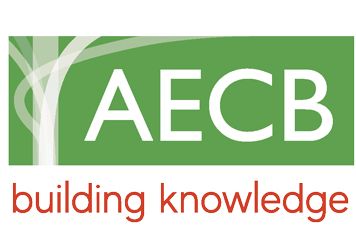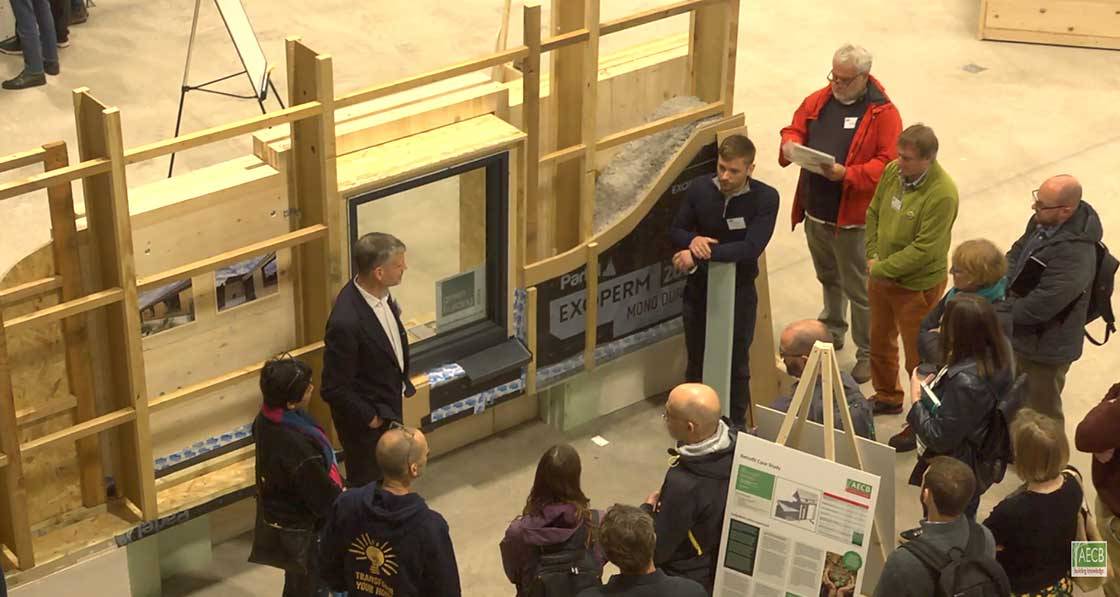
- Events
- Posted
AECB Conference focuses on practical decarbonisation
The first in-person event of the Association for Environment Conscious Building (AECB) since Covid, the 2022 AECB Conference, focussed on practical solutions to decarbonising buildings.
The event on 30 September offered delegates the chance to get hands-on experience of carefully considered assemblies with the potential to deliver low energy, healthy buildings at scale while minimising the use of precious resources and impact on the environment.
Under the conference theme “Building for a Future” – a title which referenced the pioneering green building magazine set up by AECB founders Keith and Sally Hall in 1989 – the event kept conference-style presentations to a minimum, with plenary discussions by AECB CEO Andy Simmonds and Passive House Plus editor Jeff Colley followed by hands-on tours of carefully considered construction and retrofit assemblies.
The event was held at the brand new Centre for Advanced Timber Technology at the New Model Institute for Technology and Engineering (NMITE) in Hereford, a mass timber building which will serve as new hub for sustainable building education and upskilling ranging from third level courses to CPD events.
In his plenary speech, Simmonds described the evolution of the AECB’s standards, including the AECB Building Standard for new build, the AECB Level 1 and Level 2 Retrofit Standards (as described on page 15 of this issue), and three standards which are not certifiable, but rather serve as guidance: the AECB Water Standard, the AECB Lifetime Carbon Standard and the AECB Daylight Standard. “We’re going to be developing training to help people deploy all of these standards,” said Simmonds.
Simmonds also contextualised the construction assemblies by outlining a set of principles reflecting the thinking behind the AECB’s approach, including – avoiding building if possible; building near sustainable transport; retrofitting first; avoiding making buildings too big; making the building adaptable; making components last as long as possible; specifying the most environmentally benign components possible; making the building as high performance as possible; and designing with future climate in mind.
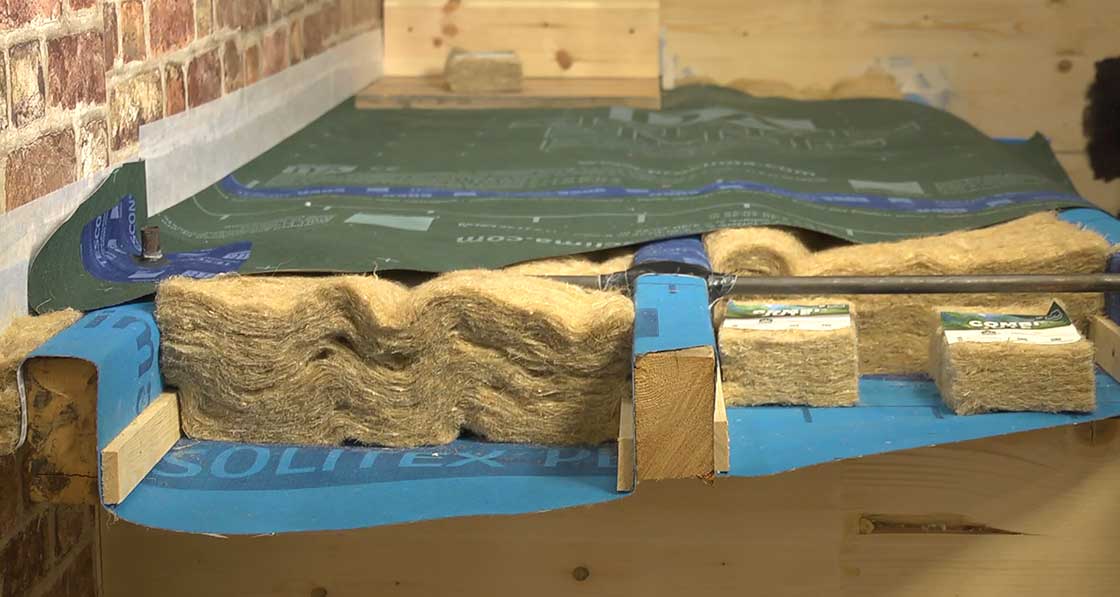
Jeff Colley’s plenary speech focused on demystifying embodied carbon calculation, aiming to equip delegates with the key terminology, the key reference documents, and to describe the elements and stages of building life cycle assessment in simple terms.
A carefully curated list of sponsors was chosen for the event, focusing on companies whose products and solutions embodied the principles outlined by the AECB, as reflected in the built assemblies.
A deep retrofit assembly designed by Andy Simmonds was based on a real Simmonds Mills Enerphit project featuring an innovative cellulose-filled I-beam system to build an extension and externally insulate the existing building. This assembly was sponsored by key partners on the actual Enerphit project. Platinum sponsor Partel provided an innovative external airtight system for the project, and described the system to delegates, and the hygrothermal simulation and post occupancy moisture monitoring they undertook. Gold sponsor Green Building Store provided a triple glazed window for the assembly and described the weather tightness, airtightness, and thermal bridging detailing of its installation.
A second AECB assembly focused on a mock-up of a 1930s cavity wall house with suspended timber floors. Platinum sponsor Ecological Building Systems used this assembly to demonstrate a new solution to naturally insulate and airtighten the suspended timber floors.
A proprietary assembly focusing on the role of properly detailed wood fibre insulation to enable internal wall insulation to traditional buildings without posing moisture risks was provided by platinum sponsor Steico, while gold sponsor Ecococon built an assembly of their pioneering modular straw bale build system. Delegates also had the opportunity to tour the Department of Education’s GenZero mass timber classroom building.
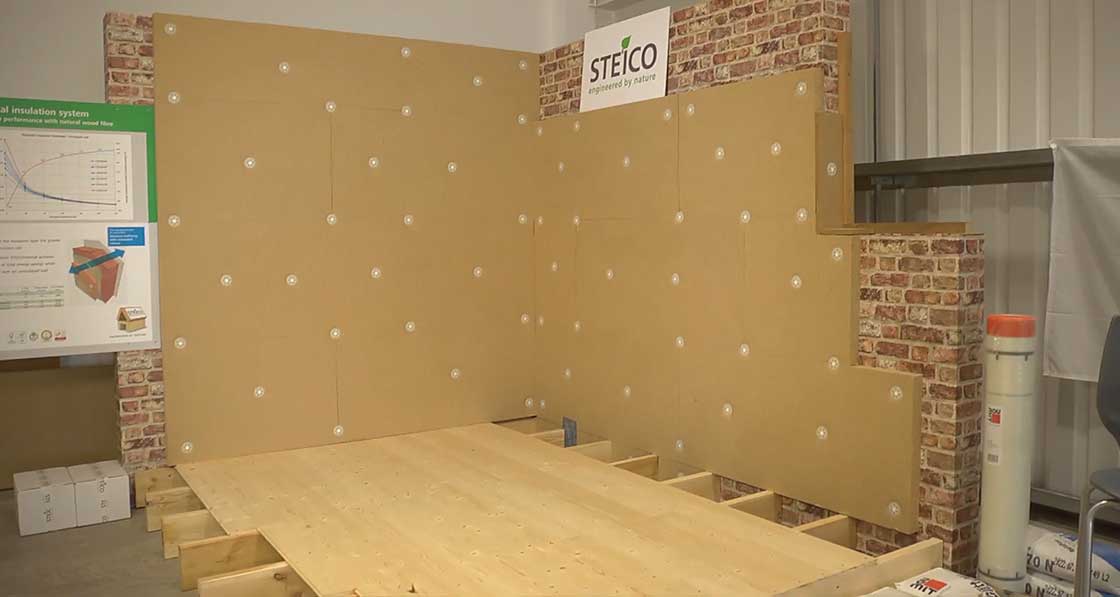
As part of the pre-conference pack delegates had access to a recording of a pre-conference webinar with Q&A by Professor Kevin Albertson, of MMU Business School titled “The Great Squeeze: The current economic paradigm shift and its implications for greening our design and construction business models.”
The AECB assemblies were built with CLT offcuts standing in for existing masonry, led by expert green builder Tim Hulse of Ecovert Solutions. “Having built the Chestnuts deep retrofit, Tim Hulse was the obvious person to help create the construction assemblies at the AECB conference,” said Simmonds. “I asked him to work with two young local carpenters – 27-year old Fraser Williams and 17-year old Raimi Wye – to get this done in a tight window. Very grateful to Tim for volunteering and very impressed with the way Fraser and Raimi rose to the challenge in a very short period of time, to do such a good job.”
This article was originally published in issue 43 of Passive House Plus magazine. Want immediate access to all back issues and exclusive extra content? Click here to subscribe for as little as €15, or click here to receive the next issue free of charge
Simmonds also singled out NMITE and the event sponsors for praise. “This feels like a new type of event – where even the sponsorship is carefully curated and tied in not just to the ethos of the AECB, but to the themes behind the event – and to a centre for timber- based building,” said Simmonds. It’s very encouraging to find a venue – a new regional hub for sustainable building – that has such a compatible vision, and to find suppliers in the industry willing to sponsor and help realise that vision.
The AECB commissioned videos of the event, including descriptions of the assemblies demonstrating retrofit strategies, as well as Steico and Ecococon’s assemblies, by green building multimedia specialist Ben Adam Smith. To view them visit www.youtube.com/@aecbnet
Related items
-
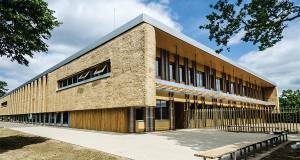 September’s AECB environmental construction conference seeks to spark debate among industry experts
September’s AECB environmental construction conference seeks to spark debate among industry experts -
 Material matters - A palette for a vulnerable planet
Material matters - A palette for a vulnerable planet -
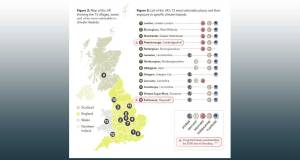 Climate report warns overheating crisis threatens UK
Climate report warns overheating crisis threatens UK -
 Sustainable building leaders crowned at Exemplar Awards
Sustainable building leaders crowned at Exemplar Awards -
 Barratt launches record passive house scheme
Barratt launches record passive house scheme -
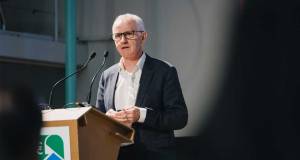 Green homes and finance join forces for growth
Green homes and finance join forces for growth


